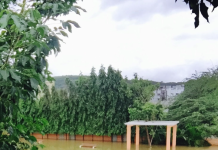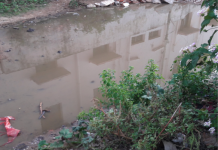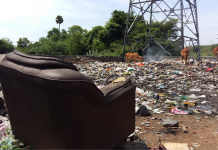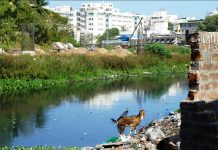How was the land in the southern side of Chennai, towards Navallur? A decade ago, these lands were inhabited by no one, since the land was barren and water bodies and farmlands were found in abundance. Only recently had the realtors bought the land and colonized it.

How could the realtors purchasing the land result in the water bodies disappearing? The water bodies were too much in number that the realtors had to fill them up with sand and mud in order to gain space for buildings. Now, most of the pre-existing water bodies have disappeared into the ground.

What could happen in the future if we don’t protect the remaining ponds and lakes? If they all are gone, the extra water which is produced in the incident of a flood do not have a place to flow to and result in staying on the roads and streets and flowing into houses, damaging them.
The stakeholders who are affected by this problem are: the people living nearby, since the water will stay stagnant and damage roads or flow into houses too; the living organisms which inhabit water, since their habitat is lost so they die.
The filling up of water bodies are very minimal in foreign countries such as the Philippines, where floods and typhoons are common. They have strict rules stating that a proper drainage system must be built if they construct buildings on water bodies. A comprehensive drainage plan must be part of each house design which must have a constant fall towards a common drain.






